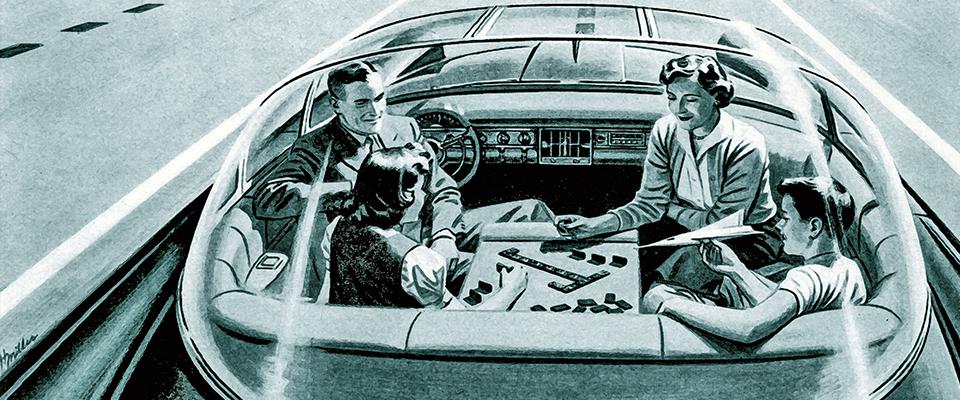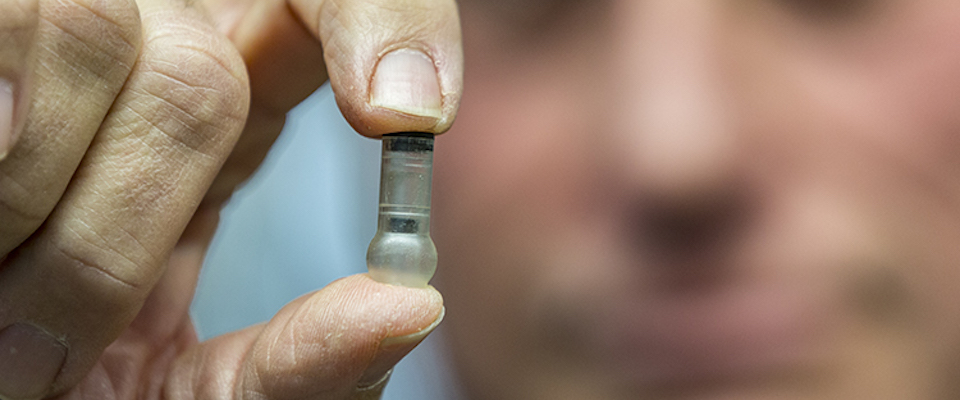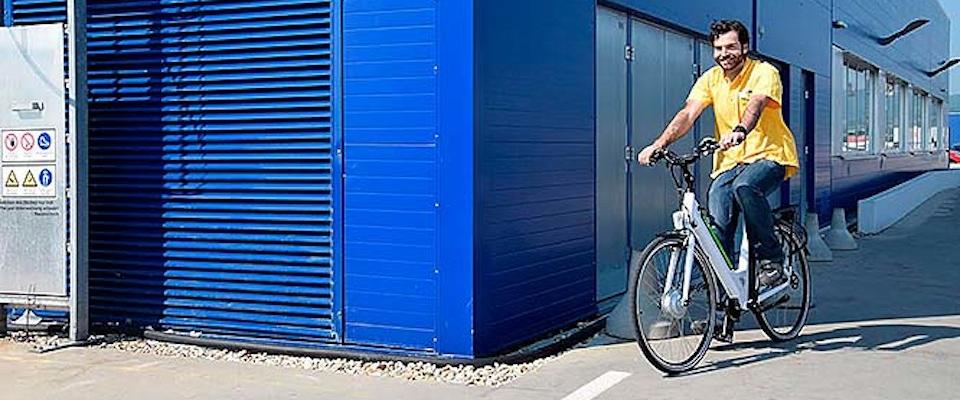Steven Shladover thinks that you, my human friend, are an excellent driver—and that fact makes his job exceptionally difficult. That is because Shladover, program manager at UC Berkeley’s Partners for Advanced Transportation Technology (PATH), has spent 40 years researching automated vehicle systems. The Holy Grail of this field is the self-driving car: the artificially intelligent chauffeur that promises to one day relieve us of our driving duties. If recent media accounts are to be believed, this sci-fi dream may be right around the corner, but the veteran Shladover is not so sure. Until self-driving cars can drive as well as you can, he says, they will likely remain a futurist fantasy. And that means you—poor you—will continue to have to drive yourself to work, your kids to soccer practice, and your drunken friends home from the bar.
Much of the recent publicity surrounding automated vehicles can be traced to Google’s 2010 unveiling of its driverless car prototype. Other companies have followed suit, some declaring plans for self-driving cars by 2020. Eager to establish California as a hub for the fledgling industry, Governor Jerry Brown signed a law in 2012 that legalized testing and required the DMV to create regulations. This fall, with recommendations from Shladover’s team, the DMV regulations will go into effect—a green light for automated vehicles in California.
And the sooner the better, many say. Proponents of automated vehicles, Shladover included, point to numerous potential benefits of riding shotgun to a robot: congestion relief; reduced emissions; increased mobility for the young, old, and disabled; reduced dangerous driving behavior (robots are not passive-aggressive, nor do they drink and drive); and perhaps most important of all, the prospect of eliminating the 93 percent of traffic accidents attributable to human error. Each year, more than 30,000 Americans are killed in car accidents, a statistic frequently referenced by self-driving car enthusiasts.
But Shladover reads that statistic differently. By his calculation, a fatal accident occurs only once every 3 million driving hours.
“What are the chances that one of those things,” he says, indicating his laptop, “will go millions of hours without a failure? It turns out people are amazingly good drivers.”
The challenge for developers, then, is to match human driving proficiency. And that’s not easy.
First there’s the software. One nightmare scenario is a vehicle that malfunctions and becomes, in effect, an unguided missile flying down the highway. Preventing that means costly redundancy systems and extensive systematic testing for potential bugs.
Then there’s navigation. The urban driving milieu is, as Shladover puts it, a “highly stochastic environment,” presenting a wide range of unpredictable hazards in infinite variations. Humans use senses to perceive the environment, but an automated vehicle must rely on sensors not only to identify and locate all the moving objects it encounters, but also to predict where they are going. How driverless cars will contend with what New York Times reporter John Markoff calls “the social ballet of merging” remains unresolved.
Perhaps the stickiest challenges are moral hazards. Shladover offers this example: An automated vehicle is forced to take action in an emergency. If it goes one direction, it hits and kills a motorcyclist. If it goes the other, it collides with a semi, killing its own occupants. Programmers will have to confront such dilemmas.
“What do you do?” Shladover asks. “How do you weigh those factors?” There may be no good answer.
Shladover believes that an important step toward realizing the self-driving dream is vehicle-to-vehicle communication, an area PATH has researched extensively. His team is currently developing cooperative adaptive cruise control (CACC) systems that allow vehicles to travel in a tightly packed, wirelessly networked group. CACC-equipped vehicles can relay precise information about location, acceleration, deceleration, and emergencies. Without these cooperative abilities, Shladover says, automated vehicles are deaf and mute.
So when can we expect to turn driving over to the robots? At lectures, Shladover tells audiences that it may not happen within their lifetimes. It’s a position that “sometimes makes me unpopular,” he says. But despite his caution, Shladover believes strongly in the transformative potential of automated vehicles. And if they do become available sooner, he will gladly hand over his driving duties to a self-driving car—providing, of course, that it can drive as well as he can.
Coby McDonald is a writer/waiter and current intern at California. Like a robot, he is not passive-aggressive and does not drink and drive.





















